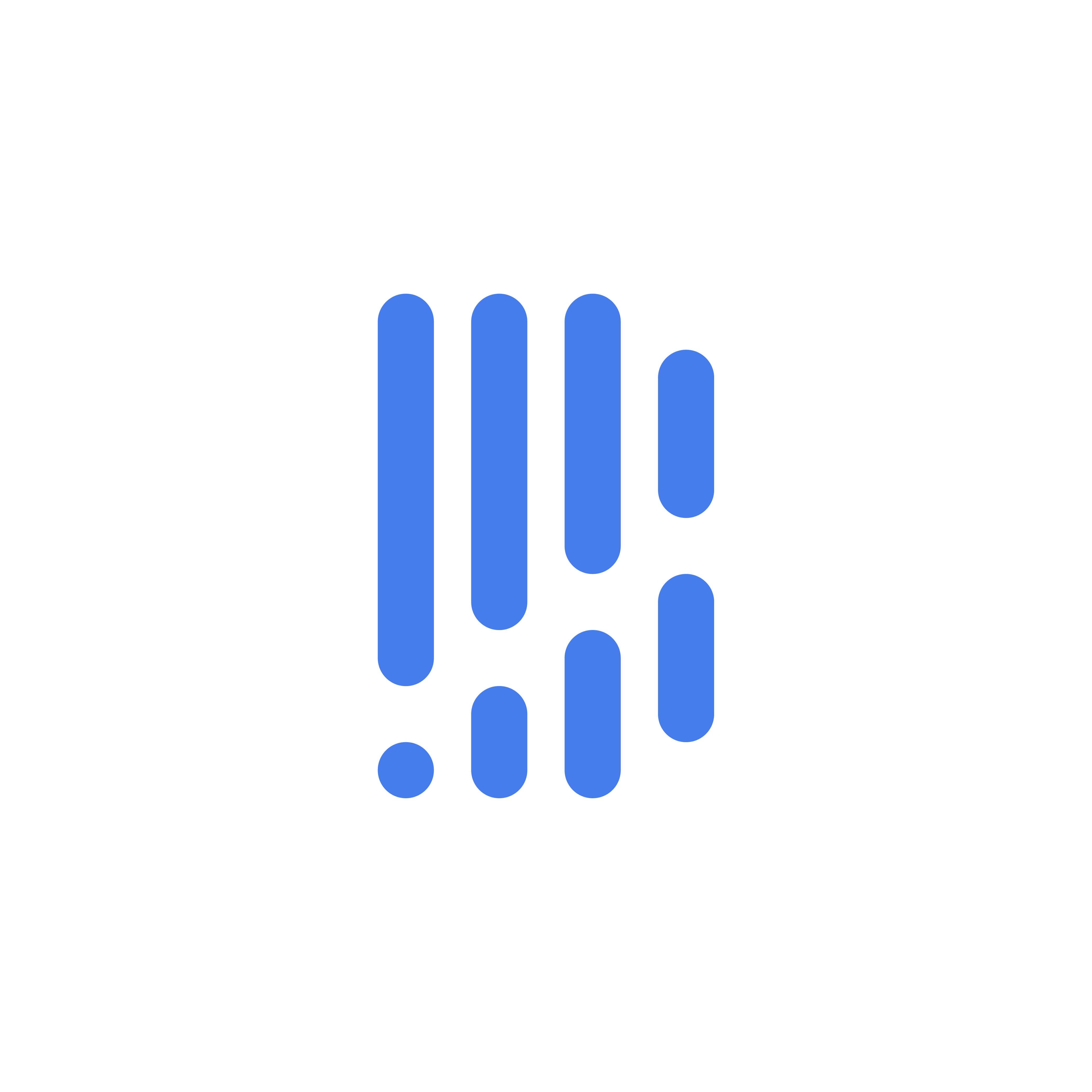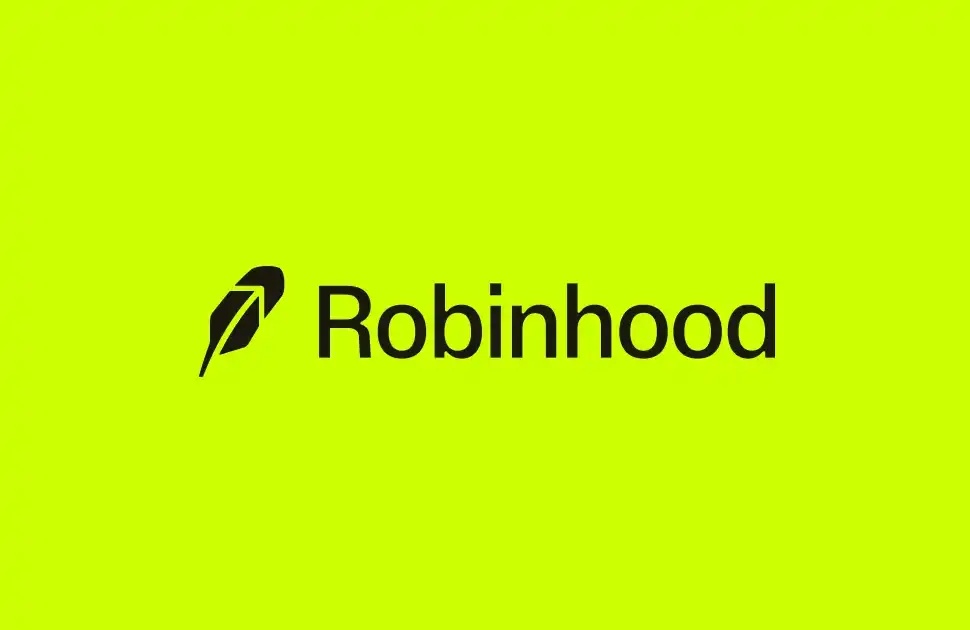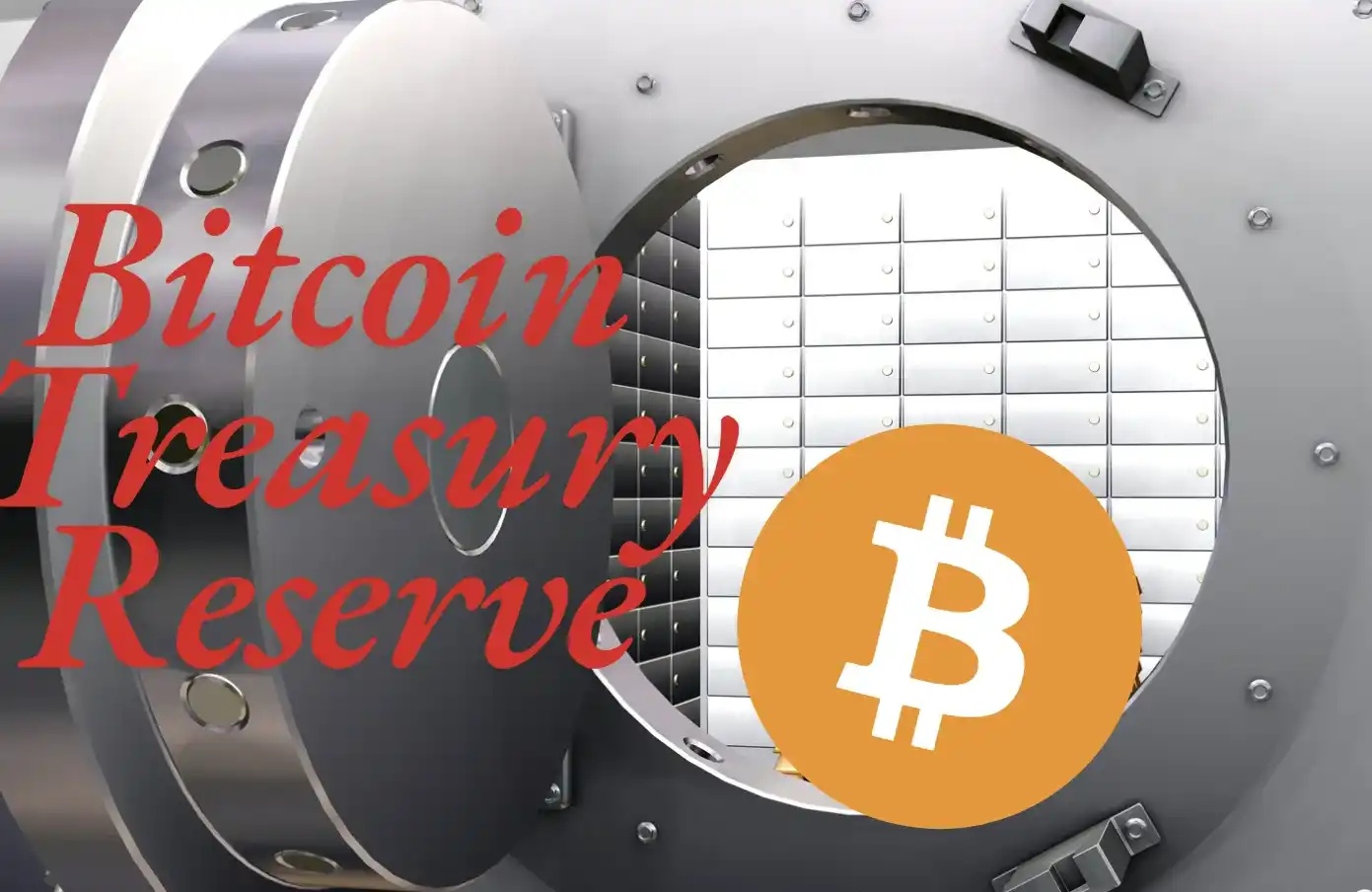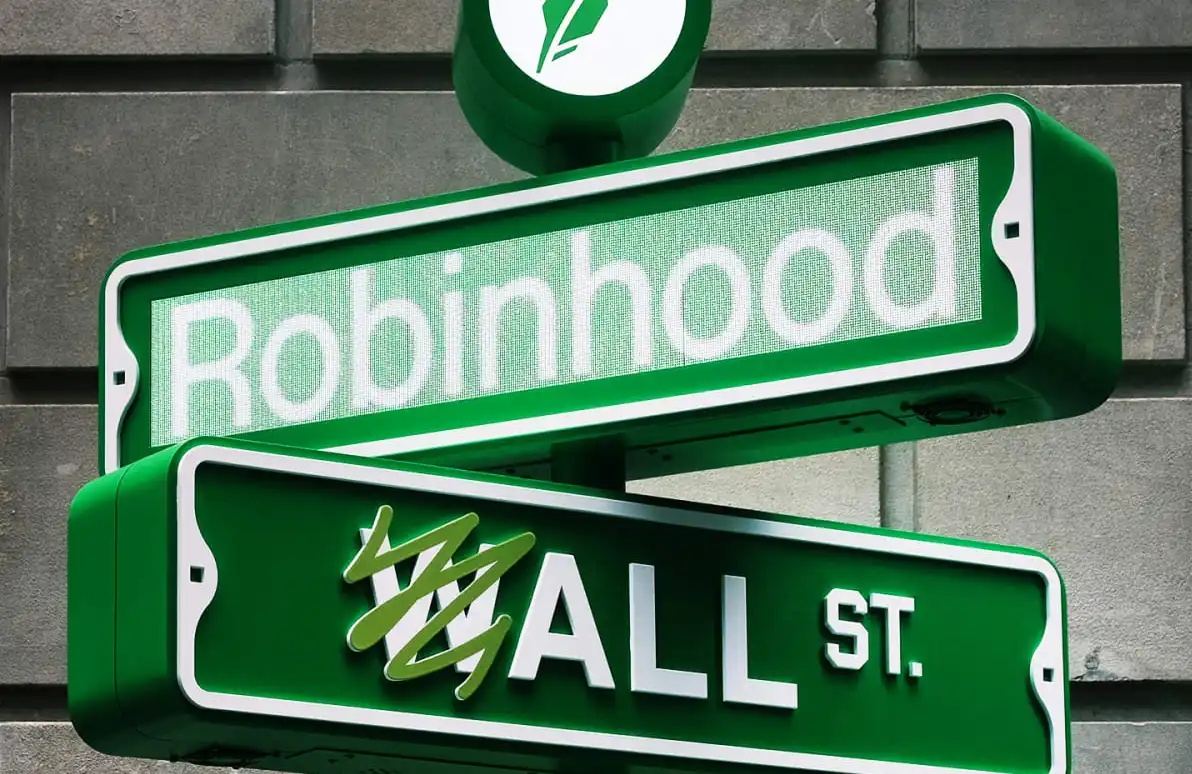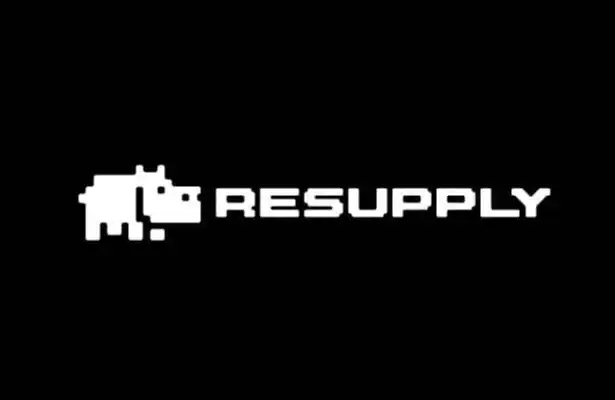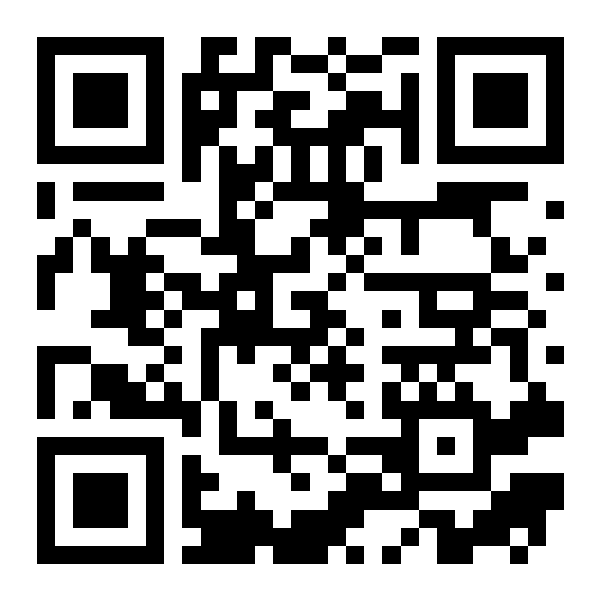Robinhood's High-Profile Product Launch at Cannes in the Summer Completely Ignites the On-Chain Brokerage Competition
A brokerage firm, can it disrupt not only the commission system, but the entire underlying architecture of global asset trading? Robinhood seems to have provided its own answer. Just at the recently concluded Cannes event in France, this giant that shook up the U.S. securities industry with zero commission fees, presented to the world an extremely imaginative vision: using blockchain and tokenization to fully propel stocks, derivatives, and even private equity onto the chain, and ultimately build a new Layer2 public chain robust enough to support real-world assets globally — Robinhood Chain.
This event was not just a simple product launch, but a declaration by Robinhood regarding the blueprint for the next decade. Europe, the U.S., and the global markets have each been designated different breakthrough points, yet they echo each other, collectively outlining a round-the-clock trading new order driven by tokenized assets. This article will be divided into three parts, combining information from Robinhood's on-site event and the industry background, to deeply dissect this "on-chain brokerage" grand strategy.

Targeting the European Market: Tokenized U.S. Stocks + Perpetual Futures + All-in-One Investment App
Key Product Information:
1. Robinhood launches tokenized trading for 200+ U.S. stocks and ETFs, based on Arbitrum, with plans to expand to more assets by year-end
2. The European app upgrades from Robinhood Crypto to "Robinhood," positioning itself as a comprehensive investment platform
3. Perpetual futures to go live this summer, with simplified mobile order placement
4. Bitstamp as the liquidity engine for perpetuals and derivatives
5. Tokenized stocks support real-time dividends and stock splits synchronization
6. Europe covers 31 countries, allowing purchase of SpaceX and OpenAI private token offerings starting July
Key Highlights to Note:
1. Three-phase approach:
a. TradFi custody → Robinhood token minting
b. Bitstamp handling weekend trading → 24/5 liquidity
c. Eventually supporting self-custody and cross-chain capabilities
2. 2% bonus for deposits before July 7
3. App rebranding and UI upgrade, enhancing the "investment super app" positioning
Robinhood views European users as the vanguard of its tokenization strategy, and the reason is not difficult to understand: the European Union recently implemented MiCA (Markets in Crypto-Assets Regulation), which provides clearer regulations compared to the U.S. and Robinhood's penetration rate in the EU is far from saturated.
At a press conference, Robinhood announced that over 200 US-listed stocks and ETFs will undergo tokenization trading via Arbitrum Layer2. European users can buy and sell these tokenized stocks on the Robinhood platform just like trading cryptocurrencies. As Robinhood is introducing on-chain instant settlement, dividends, stock splits, and other corporate actions will automatically update in the token holders' accounts. Users don't even need to learn complex blockchain details and can almost imperceptibly access a 24/5 tradable US stock token market.
Robinhood stated that it will continue to expand its tokenized assets by the end of the year, planning to cover "thousands of US stocks and ETFs." From a technical perspective, all trades at this stage will be completed through collaboration between Robinhood and traditional brokers to purchase stocks and mint equivalent tokens, ensuring a 1:1 real-time possession. In the future, this process will gradually be migrated to Robinhood's in-house developed Robinhood Chain to achieve cross-chain and self-custody capabilities.
In addition to tokenized stocks, Robinhood also announced the launch of perpetual futures trading in Europe, with Bitstamp providing trading matching and clearing support. This marks the first deep integration since Robinhood's $200 million acquisition of Bitstamp last year. Robinhood particularly emphasized the user experience innovation in perpetual futures contracts: on the mobile interface, the previously cumbersome margin, stop-loss, and take-profit configurations have been simplified into slider operations, allowing retail investors to access advanced leverage tools at a lower threshold.
To align with these significant updates, Robinhood has renamed its European app, formerly known as "Robinhood Crypto," to "Robinhood," positioning it as an All-in-One investment super app, integrating cryptocurrency, tokenized stocks, and perpetual futures contracts all in one. The goal is to establish a first-mover advantage in the EU's 31 countries + EEA.
Most surprisingly, Robinhood announced a "Private Equity Token" plan at the event: starting from July 7th, European Robinhood users will be able to claim the first batch of tokenized equity in SpaceX and OpenAI. This means that Robinhood is breaking with the traditional model where private equity has long been monopolized by the wealthy and institutional investors, opening up the shares of the world's most anticipated tech startups to retail users in token form.
This approach actually addresses a long-standing issue in the blockchain community: how can ordinary people fairly participate in future wealth accumulation? Robinhood's answer is — private equity should also be tokenized and equally accessible.
Targeting the U.S. Market: Advanced Crypto Trading + AI Assistant + Staking
Main Product Information:
1. Advanced charting and indicators on the Legend platform to be supported on mobile in the future
2. Introduction of Smart Exchange Routing, automatically finding the best rate
3. Precise holding selection for easy tax management
4. Staking launching in the U.S., initially supporting ETH and SOL
5. AI assistant Cortex serving Robinhood Gold users
6. Future inclusion of encrypted cashback with the Rabbit Gold Card
7. These features are planned to expand to Europe in the future
Key Details to Note:
1. Staking event offering a 2% reward and removing staking threshold
2. Cortex information flow includes token dynamics and on-chain events
3. Smart Routing for large trades can be as low as 0.1% all-in
4. Staking positioned as a form of "community security" participation
If Europe is Robinhood's tokenization testing ground, then the U.S. undoubtedly stands as its most solid user base battlefield. Robinhood leveraged this event to simultaneously release product upgrades tailored for the U.S. market, aiming to solidify its position as the "preferred platform for active traders" through advanced tools and a richer investment landscape.
Firstly, Robinhood announced the launch of staking products in the U.S., initially supporting Ethereum and Solana, and eliminating the minimum staking threshold. During the event, users can enjoy a 2% deposit reward, regardless of the staking amount. Robinhood CEO Vlad Tenev mentioned the additional significance of staking multiple times at the event: it is not only a way to earn rewards but also an opportunity for each user to participate in maintaining network security. He said, "The security of the blockchain comes from people, and staking is how Robinhood wants to involve users in the collaborative construction of the financial system."

In terms of trading tools, Robinhood's flagship product Legend (currently mainly on desktop) announced that advanced charts, customizable indicators, and deep order book functionality will be migrated to the mobile platform this summer. This move is particularly attractive to mobile traders as Robinhood's mobile functionality has lagged significantly behind the professional desktop version in the past.
In collaboration with Legend, Robinhood has also introduced the Smart Exchange Routing feature, which searches across multiple exchanges for optimal liquidity and automatically routes orders based on a 30-day rolling trading volume to dynamically calculate fees, potentially as low as 0.1%. This feature eliminates the traditional maker/taker distinction and closely resembles the logic behind the widely used "smart order routing" in the US stock industry, marking a key step for Robinhood to attract institutional and quantitative crypto traders.
Furthermore, Robinhood unveiled the AI investment assistant Cortex during the event, which will be available to Robinhood Gold users in the future. Cortex will offer comprehensive analysis integrating market dynamics, on-chain large transfers, token news, and even company reports. The goal of Cortex is to help users understand the underlying reasons for digital asset fluctuations, rather than just providing simple price alerts.
Lastly, the Robinhood Gold credit card (Rabbit Gold Card) will introduce the "crypto cashback" feature, allowing cardholders to automatically convert their everyday cashback into selected cryptocurrencies. Robinhood describes this as an innovation that disrupts the logic of cashback, aiming to seamlessly integrate users' daily lives with on-chain asset management.

Overall, Robinhood is transforming in the US market from a "commission-free broker" to a "one-stop-shop for on-chain asset management," with offerings ranging from staking to AI, from credit cards to smart routing, all reflecting Robinhood's deeper commitment to user lifecycle management.
Global Strategy: Robinhood Chain + Private Equity Tokens + Full Ecosystem On-chain
Key Product Information:
1. Robinhood Chain built on Arbitrum
2. Mid-term liquidity switch between Bitstamp/TradFi
3. Long-term support for self-custody and cross-chain migration
Notable Details:
1. SpaceX, OpenAI private equity tokens will be the first to launch, with private equity tokens seen as a key to breaking down the barrier to high net worth individuals
2. Actively collaborating with regulators to drive compliance on-chain and planning to open up to developers to promote the Real World Asset (RWA) ecosystem
All these mentioned products will eventually merge into Robinhood's "global game plan" — the Robinhood Chain.
Robinhood Chain has evolved from the Arbitrum technology stack and is positioned by Robinhood as the "first Layer 2 public chain dedicated to real-world assets." It will not only support Robinhood's tokenized stock trading but also enable the tokenization of various real-world assets, including real estate, bonds, art, and carbon credits.
During the launch event, Vlad Tenev outlined a "three-phase" plan:
Phase One: After a user places an order, Robinhood's U.S. broker will purchase the stock from a traditional exchange and custody it, while Robinhood mints tokens synchronously to ensure a 1:1 correspondence with the underlying asset.
Phase Two: Integration of Bitstamp and TradFi liquidity to allow trading to continue even when the traditional stock market is closed (e.g., weekends, holidays).
Phase Three: Full unlocking of the self-custody transfer capability of the tokens, enabling users to move these Robinhood-minted assets cross-chain to personal wallets or other DeFi protocols.

In other words, Robinhood Chain is not only Robinhood's own "Layer 2 settlement network" but will also become an open public chain ecosystem for global developers, allowing third-party projects to issue tokenized real-world assets on it.
This model, along with the recent proactive exploration of RWAs (Real World Assets) by Coinbase and Kraken, sets up a positive competitive dynamic. The key difference is that Robinhood is a licensed broker-dealer, has started with U.S. stock tokenization, possesses a complete compliant brokerage chain, and can bridge the traditional finance and blockchain compliance pathways faster than purely exchange-based platforms.
Of particular note is Robinhood's live announcement of the immediate issuance of OpenAI and SpaceX private equity tokenized shares. These tokens can flow even on weekends via Robinhood Chain, independent of a single custodian, and allow for future cross-chain interoperability. This attempt could reshape the liquidity structure of the entire private equity investment industry, similar to how Robinhood revolutionized zero-commission trading, showcasing significant disruptive potential.
In the eyes of industry observers, if Robinhood successfully establishes Robinhood Chain as a global real-world asset foundation, not limited to stocks or futures but encompassing real estate, art, and even carbon emission credits, these assets could become composable assets in Robinhood users' wallets in the future, sparking a profound transformation in the global financial system.
A Glimpse of On-Chain Brokerage
From zero commissions to fractional share trading in US stocks, and now to today's proclamation of the "Robinhood Chain," Robinhood is charting a highly cohesive path of innovation: each step aims at the barriers and inefficiencies in the traditional financial system, significantly lowering entry barriers through technological means.
As tokenization moves from a single Apple stock to a building, a private equity share, or even a piece of art, blockchain is no longer just a tool for speculation but has truly taken on the meaning of an "Internet of Assets." Robinhood has seen this opportunity and hopes to leverage its user base and brand trust to take the lead in the gradually clarifying regulatory environment.
A Ripple and BCG report predicts that the global market for tokenized real-world assets could reach $18.9 trillion by 2033. Clearly, Robinhood does not intend to be just a bystander but rather aims to be the foundation builder of this market. The declaration made at the Cannes conference may serve as a conclusion: "The future bedrock of global finance is the Robinhood Chain."
Welcome to join the official BlockBeats community:
Telegram Subscription Group: https://t.me/theblockbeats
Telegram Discussion Group: https://t.me/BlockBeats_App
Official Twitter Account: https://twitter.com/BlockBeatsAsia
 Forum
Forum OPRR
OPRR Finance
Finance
 Specials
Specials
 On-chain Eco
On-chain Eco
 Entry
Entry
 Podcasts
Podcasts
 Data
Data

